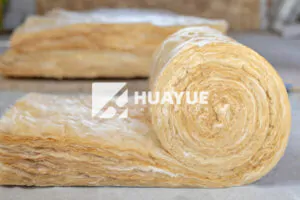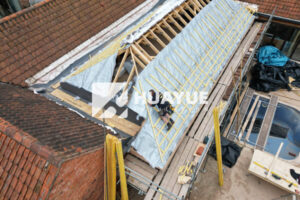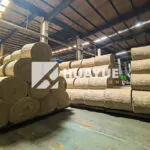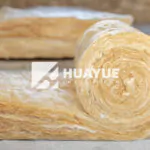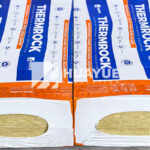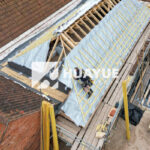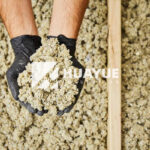Is glass wool insulation flammable?
Many people worry about their building safety, especially when choosing insulation. Fire risk is a real concern, and you don’t want flammable materials in your walls.
Glass wool insulation is generally non-combustible and does not catch fire under normal circumstances. It resists flames because it is made from glass, which has a high melting point and doesn’t burn.
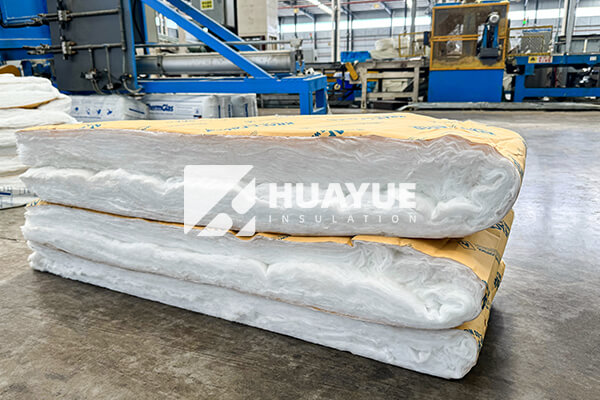
Some users hesitate because old stories say insulation can burn. If you want your project to meet safety standards and keep people safe, understanding how glass wool really performs matters. Let’s break down its fire resistance, and see what might affect its safety. You’ll learn what to watch for, and how this material stacks up against others.
Is glass wool insulation non-combustible?
Buildings owners want to avoid anything that ignites easily. People ask whether glass wool insulation counts as non-combustible.
Glass wool insulation is classified as a non-combustible material. It contains no organic binders and will not ignite when exposed to open flames or high temperatures.
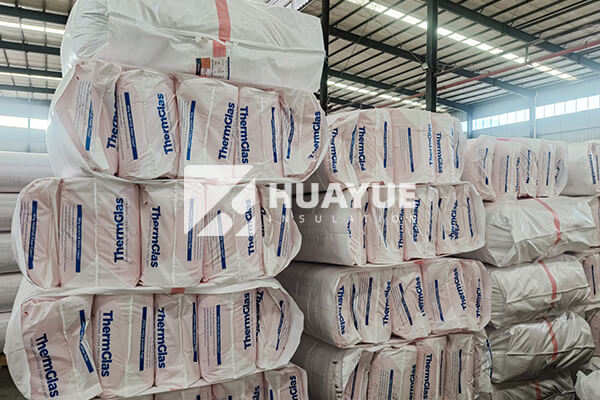
Glass wool comes from melted glass spun into fine fibers. Because its main ingredient is glass, it is very stable when exposed to heat. Unlike products made from paper, foam, or older natural fibers, glass wool does not fuel a fire. International standards like EN 13501 classify glass wool in the highest fire safety categories. It can sit directly next to steel pipes or inside building structures, because it simply will not catch fire or contribute to flame spread. HUAYUE uses pure, high-grade glass that undergoes special cleaning, so impurities don’t lower the melting point or create risky pockets. Lower quality glass or recycled sources might have trace combustible matter, but HUAYUE’s product keeps that risk at zero. In short, glass wool earns its place as a non-combustible solution in any fire safety plan.
| Insulation Material | Combustibility | Main Ingredient | Fire Safety Rating |
|---|---|---|---|
| Glass Wool | Non-combustible | Pure Glass | EN 13501: A1 / ASTM E136 pass |
| Rock Wool | Non-combustible | Volcanic Rock | EN 13501: A1 / ASTM E136 pass |
| EPS Foam | Combustible | Polystyrene | EN 13501: E / ASTM E84 low score |
| Cellulose | Combustible | Recycled Paper | EN 13501: E / ASTM E84 low score |
Is wool insulation a fire hazard?
People sometimes confuse glass wool with sheep’s wool or worry about fire risks from “wool” insulation.
Glass wool insulation does not present a fire hazard. It will not burn, and does not emit smoke or toxic fumes when exposed to high heat.
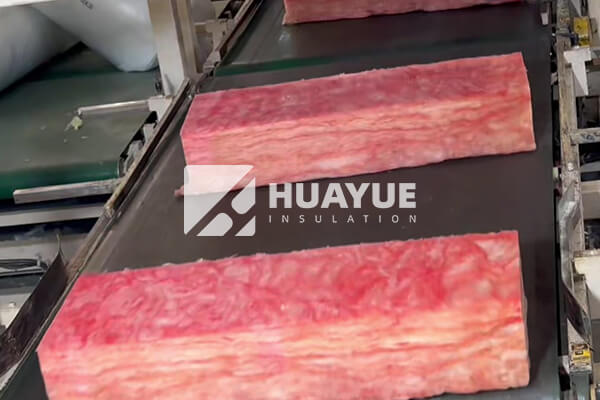
Some insulation products made from sheep’s wool or recycled fibers may ignite easily. They can feed a fire and give off smoke or gases. Glass wool, though, is entirely mineral-based. This gives it one big advantage: it does not catch fire and creates no fire hazard for buildings or tanks. With my experience in the insulation sector, I tell clients not to worry about the term "wool" in glass wool—it refers to spun glass and not animal material. Using glass wool actually increases building fire safety and helps meet strict regulations in Germany, China, or anywhere in the world. When installed properly and kept clean of contaminants like oil or paint, there is no chance that glass wool itself will help start or spread a flame. That means peace of mind for plant engineers like Hans or anyone managing building upgrades.
| Insulation Type | Fire Hazard | Source | Smoke/Toxic Fumes When Burned |
|---|---|---|---|
| Glass Wool | No | Glass | None |
| Sheep’s Wool | Yes | Animal Wool | Moderate |
| Cellulose | Yes | Paper | Significant |
| Spray Foam | Yes | Polyurethane | Heavy/Toxic |
At what temperature will fiberglass insulation catch fire?
Choosing the right insulation for tanks or walls requires knowing how hot it can get before failing.
Glass wool insulation will not catch fire. It starts to soften above 300°C, but will only melt fully above 700°C, far higher than most fire exposures.
Glass wool is highly temperature resistant. During product testing, pure glass fibers do not ignite, even under direct flame. If glass wool faces temperatures above 300°C for a long period, you may see it soften or lose its shape, but it will not catch fire. It only melts if temperatures reach roughly 700°C to 900°C, usually impossible during regular operation. This is important for cryogenic tanks, chemical storage, or any building requiring passive fire protection. If additives like oil, paint, or glue get on the insulation, those might burn, but the clean glass will stay safe. To avoid all risk, HUAYUE uses tough cleaning processes on its glass, keeping impurities and possible fuel content close to zero. In my view, knowing how glass wool behaves gives engineers the confidence to choose safer options. In factories, homes, or tanks, pure glass wool stands up to nearly any heat situation without turning into a hazard.
| Material | Softening Point | Melting Point | Combustion Point |
|---|---|---|---|
| Glass Wool (HUAYUE) | ~300°C | 700-900°C | None (does not burn) |
| Rock Wool | ~600°C | 1200°C | None (does not burn) |
| EPS Foam | ~70°C | 100-110°C | ~350°C (burns) |
| Cellulose | ~90°C | N/A | ~300°C (burns) |
Which insulation is most flammable?
Some insulation materials are known for catching fire. Which one is the most dangerous in this way?
Organic-based insulations such as cellulose and spray foam are the most flammable. They ignite easily, burn quickly, and create smoke and toxic gases.
When comparing fire risk, you must look at the type of material. Foam insulations like EPS or polyurethane burn rapidly and release harmful gases. Cellulose, made from paper, is almost as bad. Rock wool and glass wool, on the other hand, do not burn at all. HUAYUE glass wool uses high-purity glass to reduce risk even further. If you have tanks, industrial walls, or building upgrades to manage, it makes sense to avoid flammable insulations. When handling fire safety for chemical tanks, I recommend non-combustible options—glass wool first among them. In Germany, China, or anywhere, compliance with rigorous standards means keeping the risk at zero. Just make sure any insulation is kept clean, as surface contamination can be a hidden fire source.
| Insulation Type | Flammability | Fire Spread Risk | Smoke/Emissions |
|---|---|---|---|
| Glass Wool | No | None | None |
| Rock Wool | No | None | None |
| Cellulose | Yes | High | Heavy |
| EPS Foam | Yes | Very High | Toxic |
| Polyurethane Foam | Yes | Very High | Toxic |
Conclusion
Glass wool insulation is not flammable, offers high fire safety, and beats organic alternatives in every important category.
You may also be interested in:
Ready to Get Started?
Get in touch with our experts for personalized solutions tailored to your needs.
Get Free QuoteLatest Articles
Let's Work Together
Ready to take your business to the next level? Get in touch with our team of experts and let's discuss how we can help you achieve your goals.
Get Free Solutions
